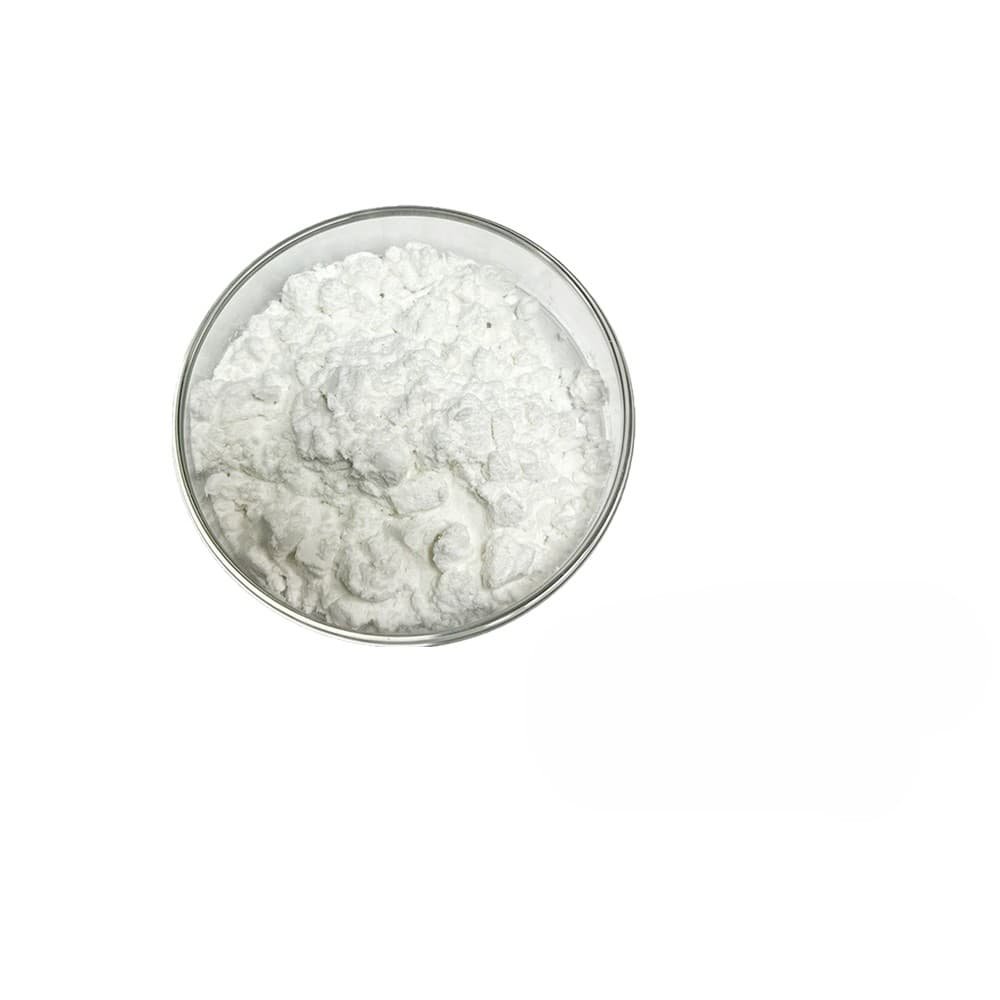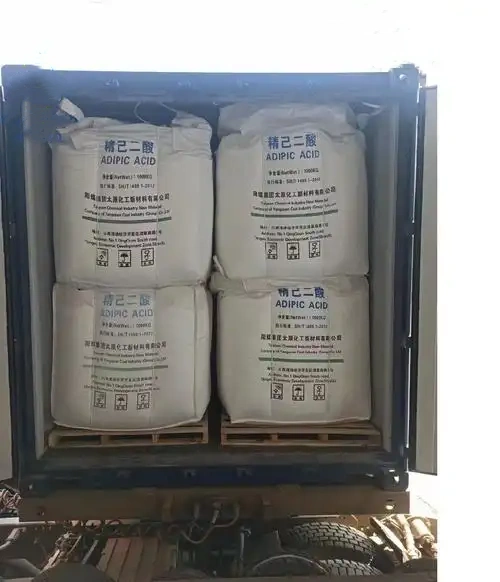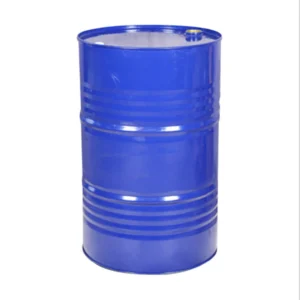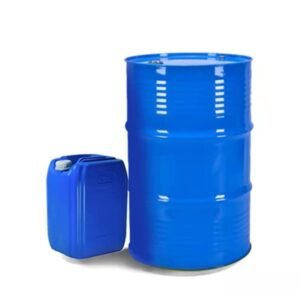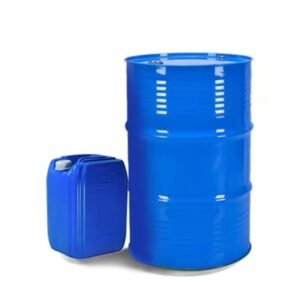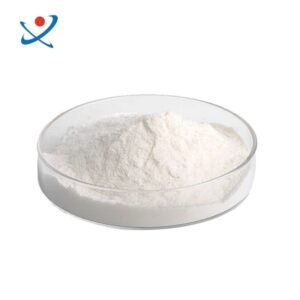Adipic acid, with the CAS number 124-04-9, is a dicarboxylic acid that plays a significant role in various industrial applications. Here are the key details regarding its properties, uses, and safety information:
Chemical Properties
Molecular Formula: C₆H₁₀O₄
Molecular Weight: 146.14 g/mol
Appearance: It is typically a white crystalline solid or powder.
Melting Point: Adipic acid melts at approximately 152 °C.
Solubility: It is slightly soluble in water, with a solubility of about 1.9 g/100 ml at 25 °C.
Uses
Adipic acid is widely utilized in various sectors:
Industrial Applications: It is primarily used in the production of nylon, specifically nylon 6,6, and as a precursor for other synthetic fibers and plastics.
Food Industry: Adipic acid serves as a food acidity regulator and is used for buffering and neutralizing in food products.
Cosmetics: It is also incorporated into cosmetic formulations to adjust pH levels and enhance product stability.
Safety and Handling
Toxicity: Adipic acid is considered to have low acute toxicity, with an oral LD50 in rats of approximately 5560 mg/kg.
Health Hazards: Inhalation of vapors can irritate the mucous membranes, and contact with the skin or eyes may cause irritation.
Environmental Impact: It poses a threat to the environment, and precautions should be taken to prevent its release into the ecosystem.
Reactivity: As a carboxylic acid, adipic acid can react with bases, releasing heat and forming salts. It may also react with oxidizing agents and can produce flammable or toxic gases under certain conditions.
In summary, adipic acid is a versatile compound with significant industrial and commercial applications, but it requires careful handling due to its potential health and environmental risks.
Adipic acid CAS 124-04-9
CAS No.124-04-9
Other Name:
1,4-Butanedicarboxylic acid;
1,
MF:C6H10O4

